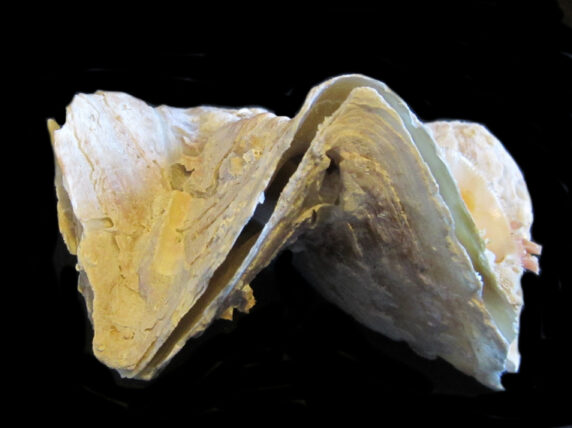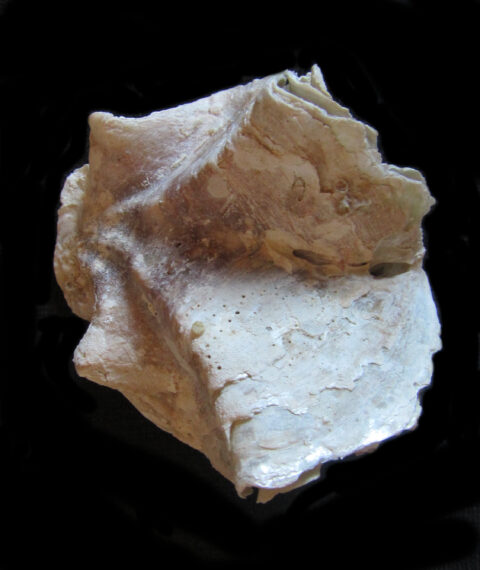Cuming’s Jingle Shell, Placunanomia cumingii

 Cuming’s Jingle Shell, Placunanomia cumingii. Size: 9.0 cm (3.5 inches) x 5.2 cm (2.0 inches). Shell collected in the greater Los Cabos area, Baja California Sur, May 2018. Collection, photograph and identification courtesy of Bob Hillis, Ivins, Utah.
Cuming’s Jingle Shell, Placunanomia cumingii. Size: 9.0 cm (3.5 inches) x 5.2 cm (2.0 inches). Shell collected in the greater Los Cabos area, Baja California Sur, May 2018. Collection, photograph and identification courtesy of Bob Hillis, Ivins, Utah.
Cuming’s Jingle, Placunanomia cumingii (Broderip, 1832), is a bivalve mollusk that is a member of the Anomiidae Family of Jingle Shells. This species was named in honor of Hugh Cuming, a British natural historian and 1800s collector known as the Prince of Collectors. He amassed a shell collection of over 80,000 specimens and 100,000 dried plant specimens that included birds, plants, reptiles and shells from Chile, Mexico, the Indian Ocean, and the South Pacific Ocean. Cuming custom built a yacht to support his collecting. Twenty-four species have been named in his honor.
The Cuming’s Jingle Shell is an unusual angular shell that has both circular valves sharply folded, with three ridges and two valleys, giving the shell a “W” shape. The shells are gray or white in color. The Cuming’s Jingle Shell reach 10.0 cm (3.5 inches) in length and 5.8 cm (2.3 inches) in height..
Cuming’s Jingle’s are found attached to rocky substrate, intertidally to depths up to 100 m (330 feet). They are suspension feeders. Their predators include crabs, predatory mollusks and sea stars. They range from Bahía de los Ángeles, Baja California to Ecuador; they have not been documented on the West Coast of the Baja Peninsula.